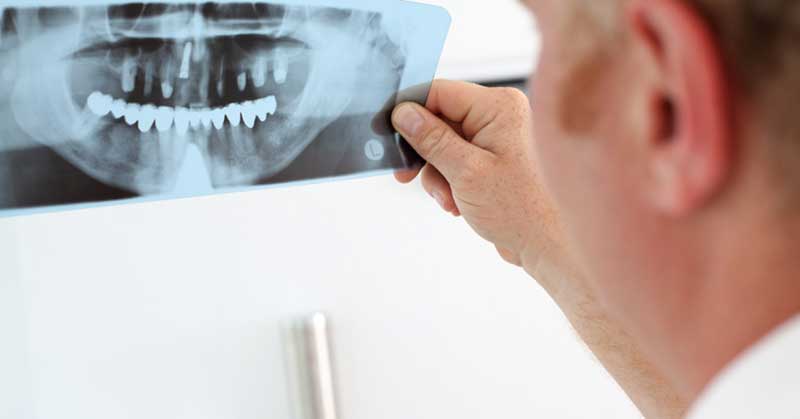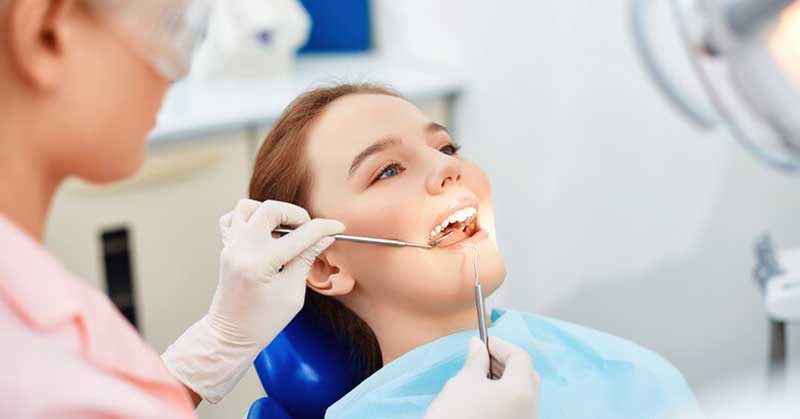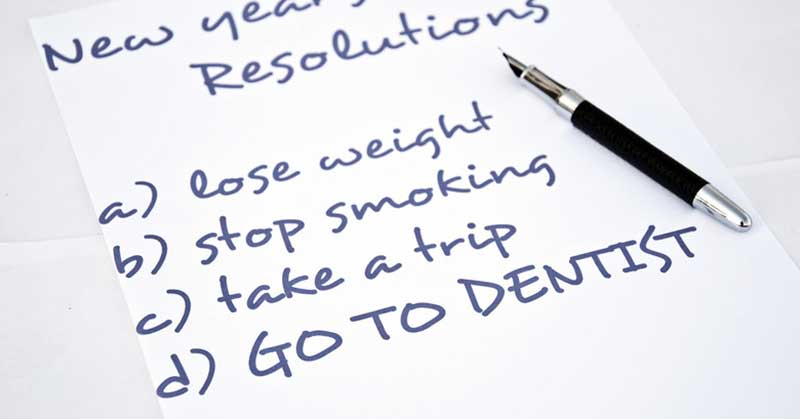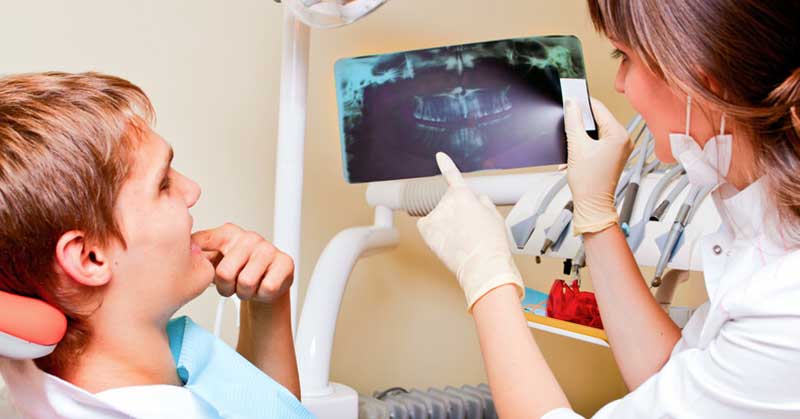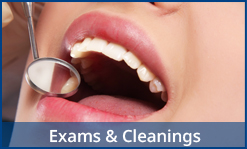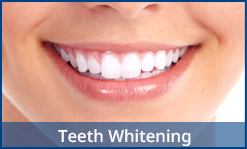Dentures, in one form or another, have been around for centuries. After all, everybody needs their teeth. Without them, chewing food is impossible and speaking is a real challenge. So it makes sense that people have been creatively designing ways to replace missing teeth throughout history. Fortunately, modern dentures are much more advanced than those earlier designs. Today, dental patients can choose from a variety of styles in dentures – from full sets to partials, and even dental prosthetics that are permanently fitted into the patient’s mouth and secured by dental implants!
Whatever type or style of denture you choose, you’re sure to reap the benefits from these incredible dental appliances. Just consider all the ways in which your life will improve with dentures:
- You’ll smile more. That may not sound too life-changing, but it is! In fact, studies show that people who smile more are actually happier than those who don’t. And research shows that people with attractive smiles feel more self-confident and are seen in a much more positive light by others.
- You’ll enjoy eating whatever foods you’d like. Today’s dentures are, for the most part, snug and secure-fitting appliances. Your dentist can make sure of that. And that means you’ll be free to enjoy all your favorite foods.
- You’ll prevent bone loss. You may not realize it, but bone tissue needs to be stimulated in order to maintain healthy density. When you lose teeth, the health of your jawbone is compromised. Dentures help to provide the stimulation needed – by the act of chewing food, specifically – to keep your jawbone healthy and prevent bone loss.
- You’ll maintain a normal bite. We all have a natural bite – in other words, the position that your teeth are in when you close your mouth. When you’re missing teeth, even if it’s just a single tooth, your other teeth shift to fill in the gap left behind by the missing teeth. That can throw off your bite, which can result in excessive wear of some teeth, jaw pain, and even an increased risk of tooth decay.
There’s no doubt that modern dentures can make your life better in so many ways! From smiling more to enjoying your food and maintaining good oral health, today’s dentures can do it all. And you may be surprised to learn that there are many affordable options to choose from. To find out more about modern tooth-replacement options, contact your dentist today.



